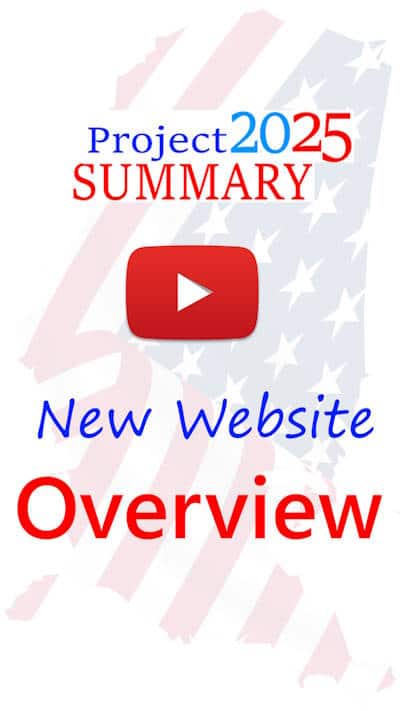-
Introduction and Acknowledgments
-
The 2025 Presidential Transition Project
-
SECTION-1:
-
SECTION-2:
- The Common Defense (Summary)
- 4. Department of Defense (Summary)
- 5. Department of Homeland Security (Summary)
- 6. Department Of State (Summary)
- 7. Intelligence Community (Summary)
- 8a. Media Agencies - U.S. Agency For Global Media (Summary)
- 8b. Media Agencies - Corporation For Public Broadcasting (Summary)
- 9. Agency For International Development (Summary)
-
SECTION-3:
- The General Welfare (Summary)
- 10. Department Of Agriculture (Summary)
- 11. Department of Education (Summary)
- 12. Department Of Energy And Related Commissions (Summary)
- 13. Environmental Protection Agency (Summary)
- 14. Department Of Health And Human Services (Summary)
- 15. Department Of Housing And Urban Development (Summary)
- 16. Department Of The Interior (Summary)
- 17. Department of Justice (Summary)
- 18. Department Of Labor And Related Agencies (Summary)
- 19. Department Of Transportation (Summary)
- 20. Department Of Veterans Affairs (Summary)
-
SECTION-4:
- The Economy (Summary)
- 21. Department Of Commerce (Summary)
- 22. Department Of The Treasury (Summary)
- 23a. The Export–Import Bank Should Be Abolished (Summary)
- 23b. The Case For The Export–Import Bank (Summary)
- 24. Federal Reserve (Summary)
- 25. Small Business Administration (Summary)
- 26a. Trade - The Case For Fair Trade (Summary)
- 26b. Trade - The Case For Free Trade (Summary)
-
SECTION-5:
- Independent Regulatory Agencies (Summary)
- 27a. Financial Regulatory Agencies - Securities and Exchange Commission; and Related Agencies (Summary)
- 27b. Financial Regulatory Agencies - Consumer Financial Protection Bureau (Summary)
- 28. Federal Communications Commission (Summary)
- 29. Federal Election Commission (Summary)
- 30. Federal Trade Commission (Summary)
-
ONWARD!
Welcome to:
Project 2025 Summary
This site is a Knowledge Base containing a chapter-by-chapter Summary of the Heritage Foundation’s Mandate for Leadership: The Conservative Promise, better known as: Project 2025.
To navigate this site use the Left-Side-Bar (mobile users scroll down) to open a specific Project 2025 chapter summary.
You can find usage instructions in our Site Guide.
To understand how the site was constructed see: Site Built By.
How the Summaries were generated is explained on the Methodology page.

